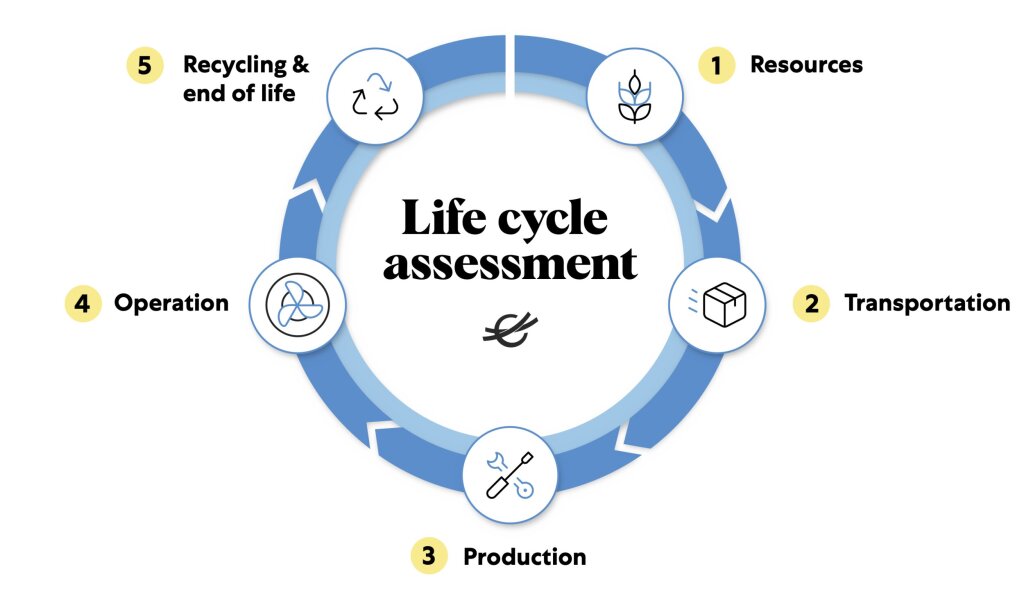Life cycle assessment on Climeworks’ carbon dioxide removal solution
In the quest to achieve global climate targets, the world is looking into climate solutions that can help to drastically reduce carbon dioxide emissions, and into solutions that permanently remove historic emissions from the air. One such solution is direct air capture in combination with underground storage. A recently published independent life cycle assessment (LCA) now provides new insights into the technology’s net environmental benefit. The assessment was carried out by RWTH Aachen University, using data from Climeworks. It shows that for typical operation conditions, the environmental benefits of direct air capture far outweigh the impact caused by building and operating the technology.
Results confirm that Direct Air Capture can significantly contribute to achieving global climate goals
A life cycle assessment (LCA) is a holistic scientific methodology assessing the environmental impact of products and services across their full cycle of operations. The RWTH Aachen University’s LCA shows that direct air capture has a low carbon footprint when run on low-carbon energy, such as waste heat or renewable energy. Specifically, it found that Climeworks’ plants can reach a net carbon dioxide removal efficiency of more than 90%. In other words, over its whole lifespan (including construction, operations, and recycling), a typical Climeworks plant re-emits less than 10% of the carbon dioxide it captures. Future scenarios show that this can be further reduced to 4%. Moreover, the study indicates that scaling up direct air capture to remove up to billions of tons of carbon dioxide can be viable and not limited by material or energy requirements, which in turn means the technology can significantly contribute to achieving the climate targets of the Paris Agreement.
As a result, the study offers important insights for the further development of the Climeworks technology. Since its founding in 2009, LCAs and scientific findings have always been a guiding principle in Climeworks’ technology development. Climeworks, therefore, would like to express its gratitude to RWTH Aachen for conducting this study and making it publicly available.
Access the full study here.
For the full English press release, see here.
Key takeaways:
A new independent life cycle assessment shows that the environmental benefits of direct air capture far outweigh the technology’s impact
The assessment was carried out by RWTH Aachen University, using data from Climeworks
The study shows that Climeworks’ direct air capture plants can reach a net carbon dioxide removal efficiency of more than 90%
Lead the race toward net zero
High-quality carbon removal for your climate strategy.
